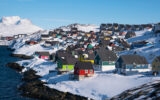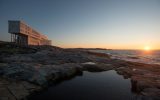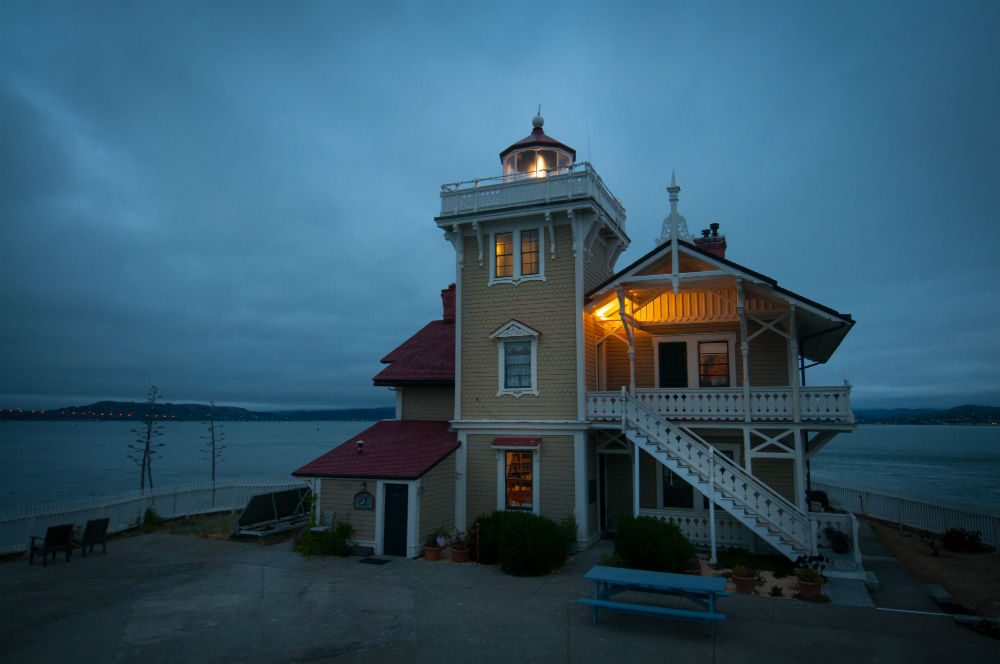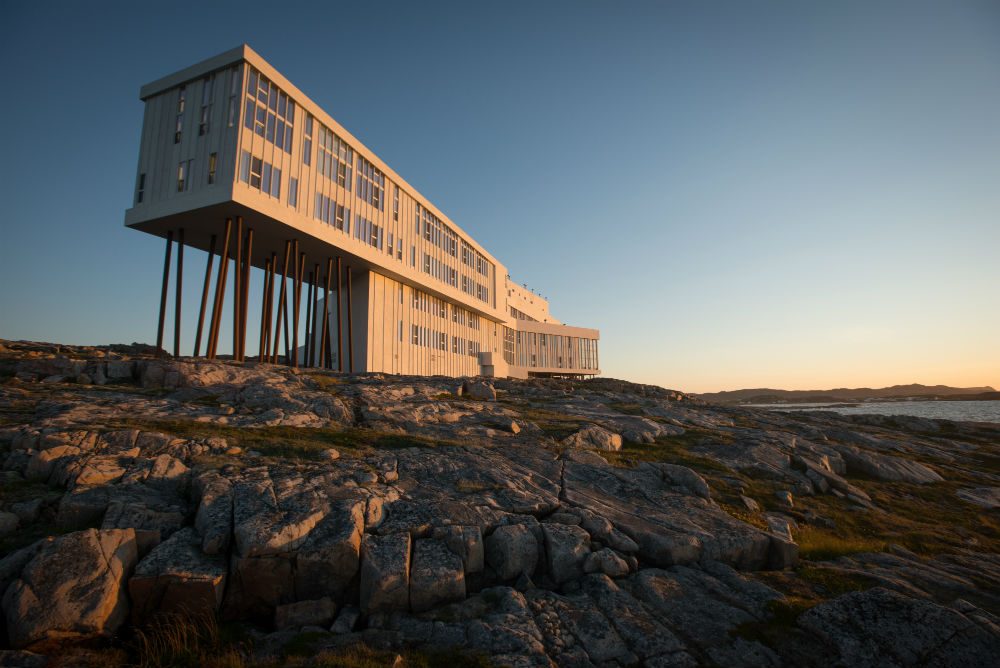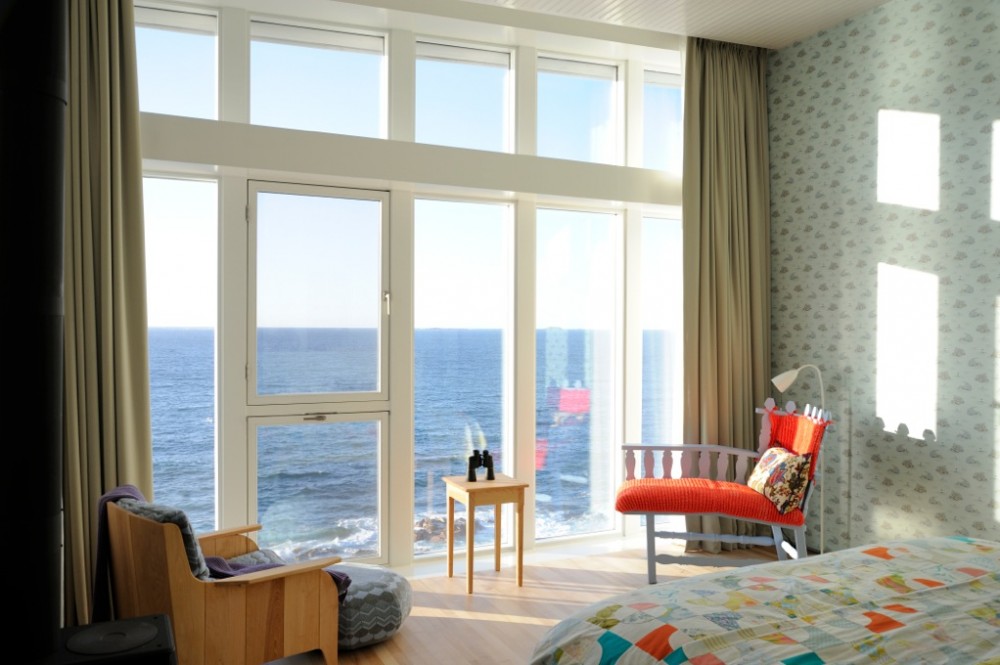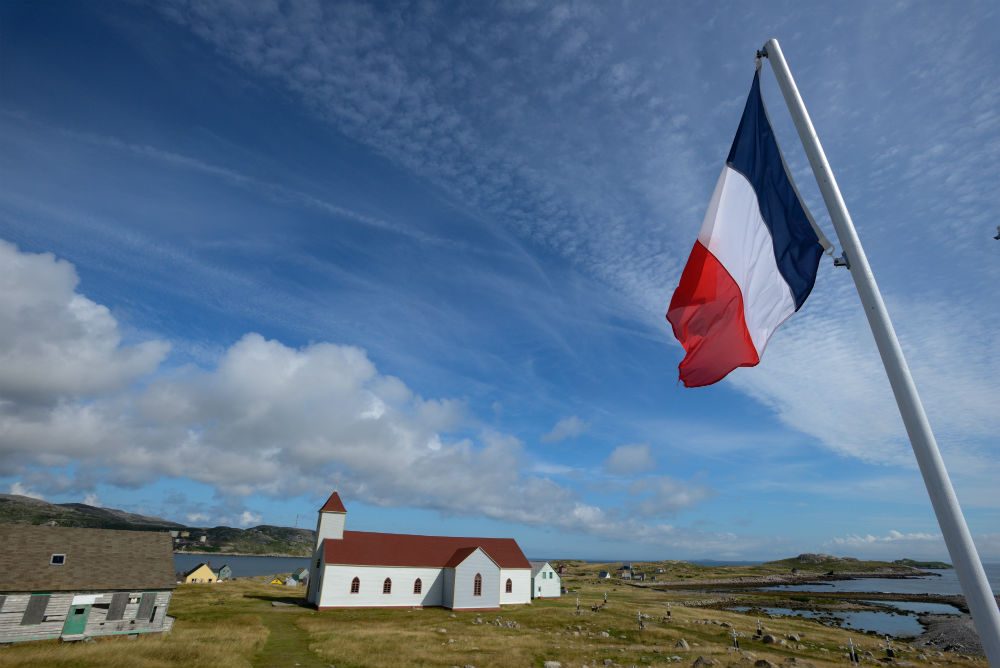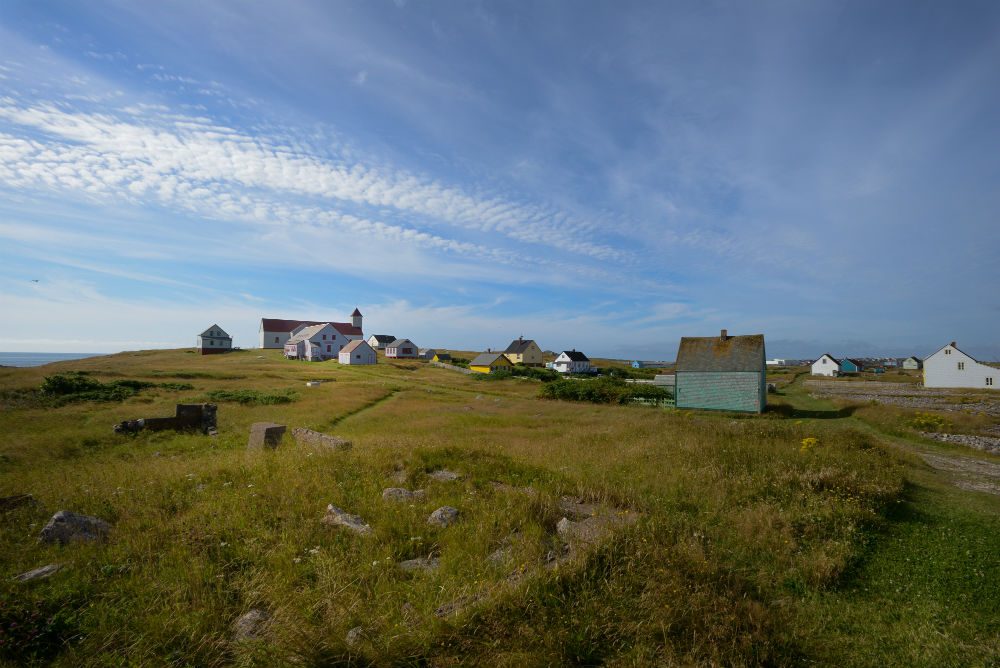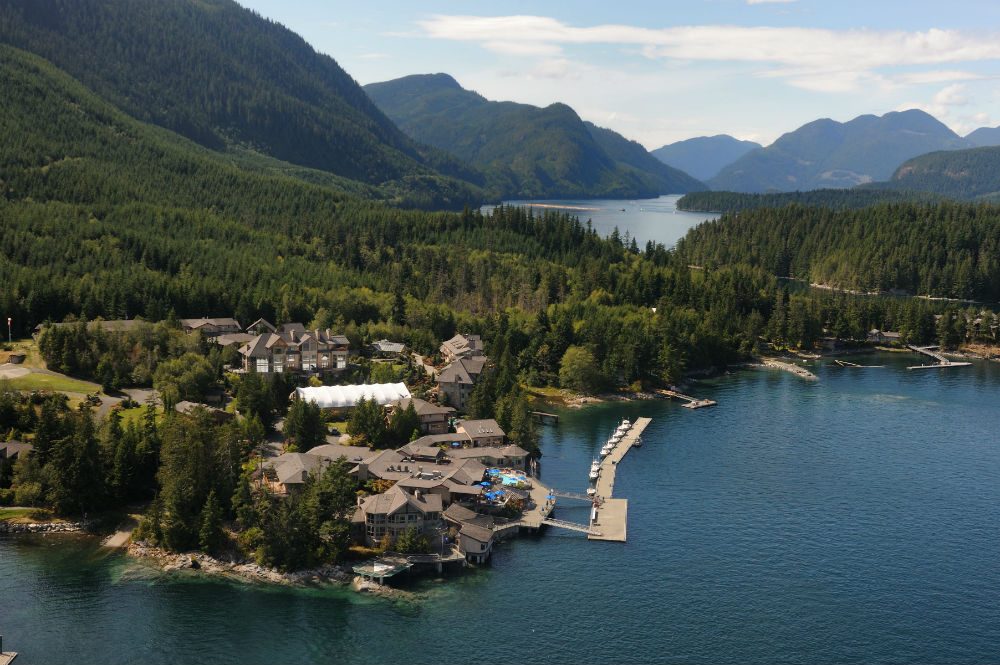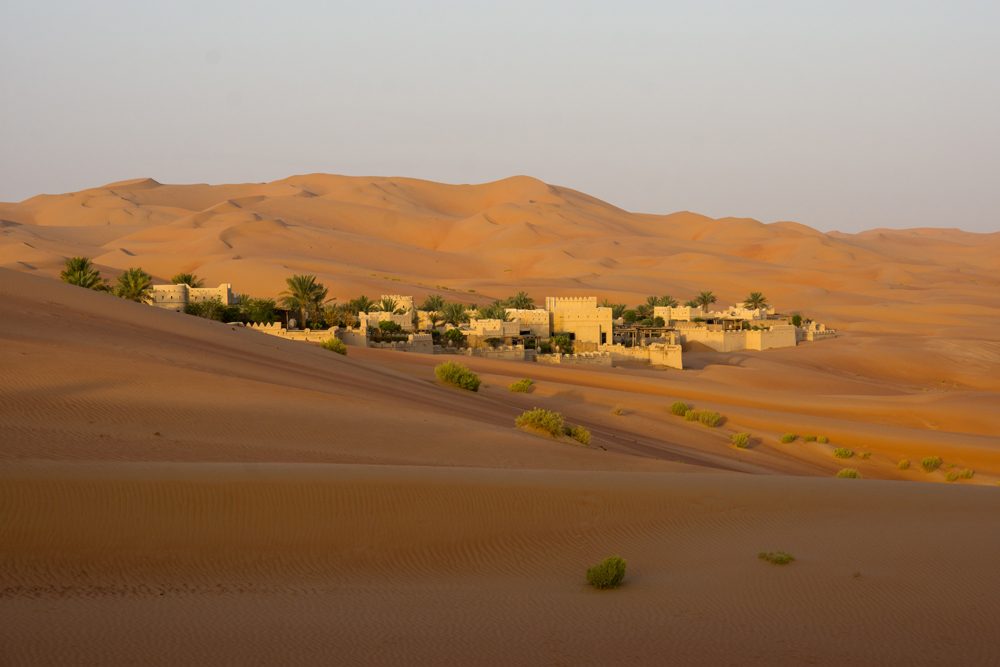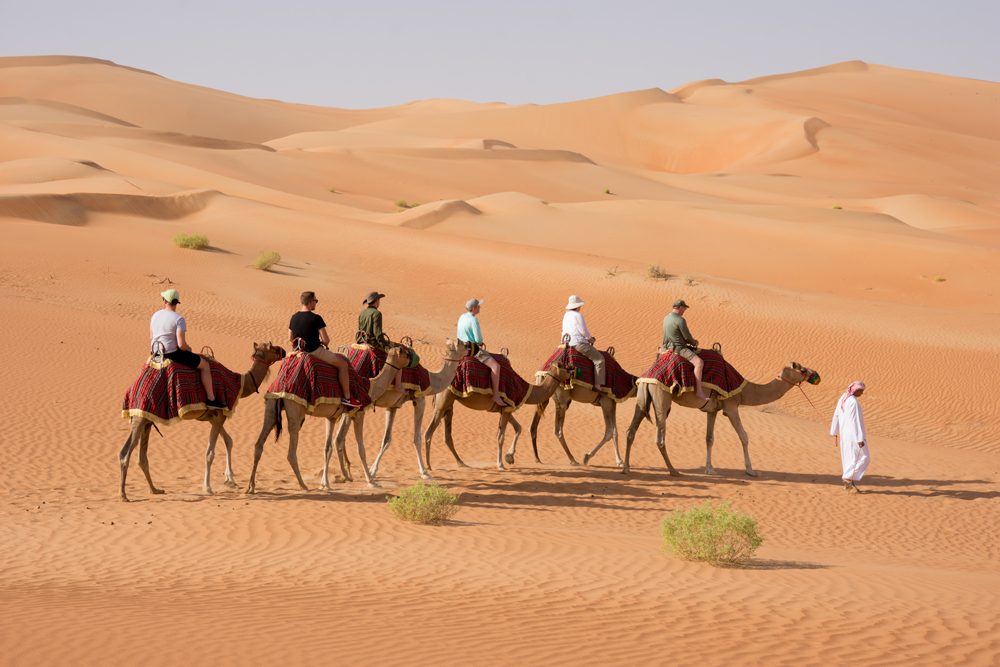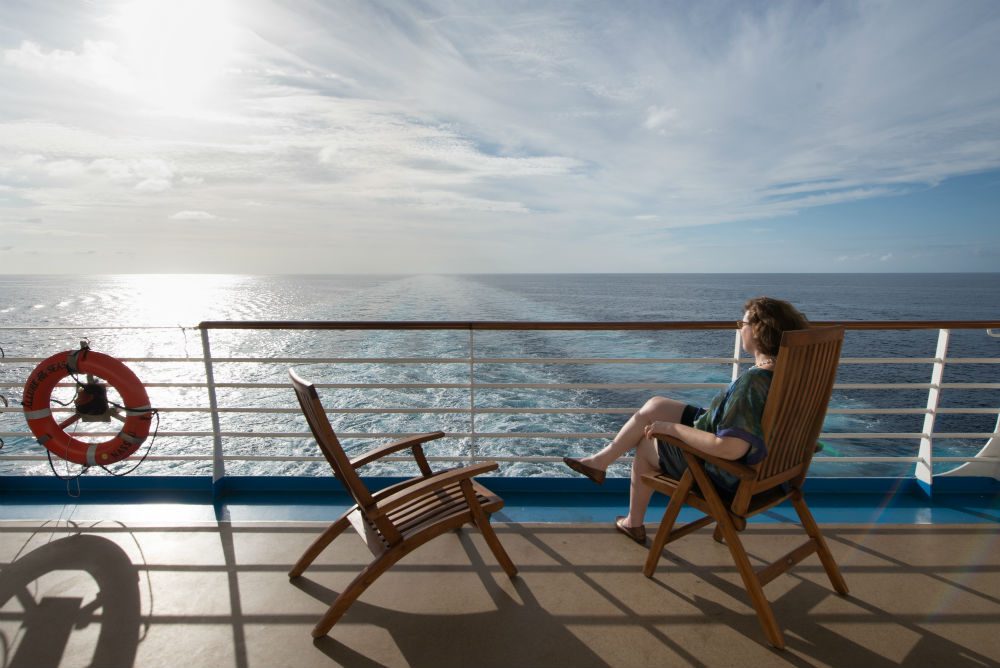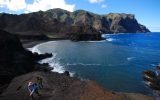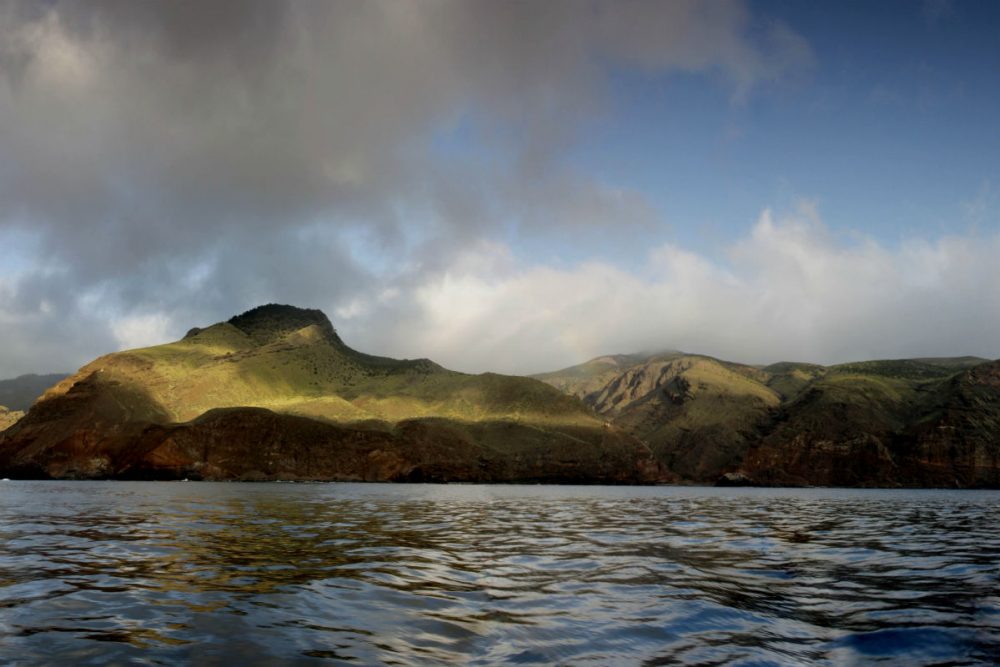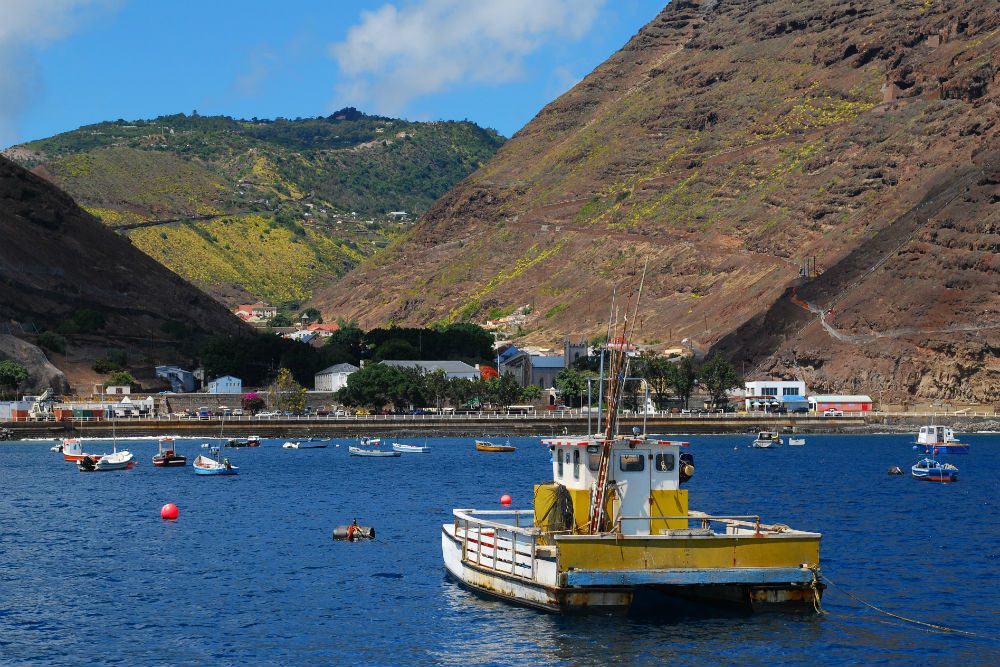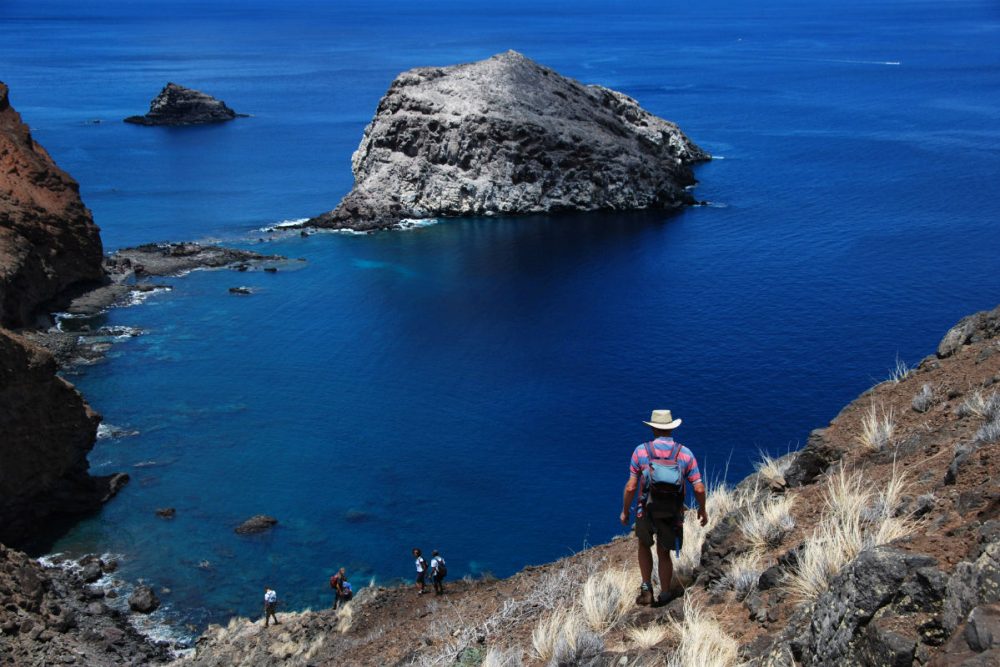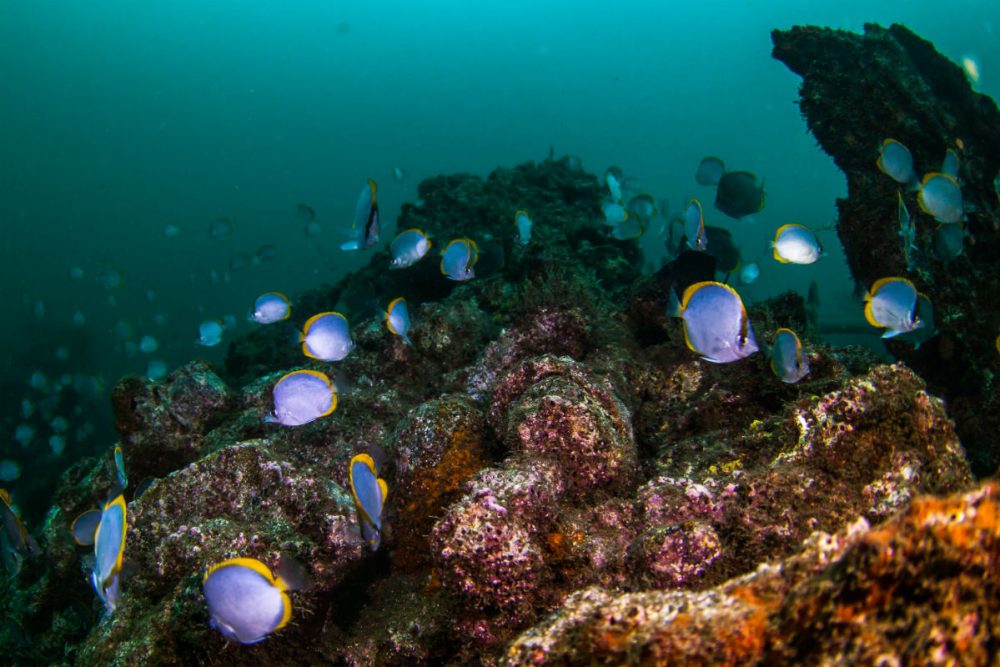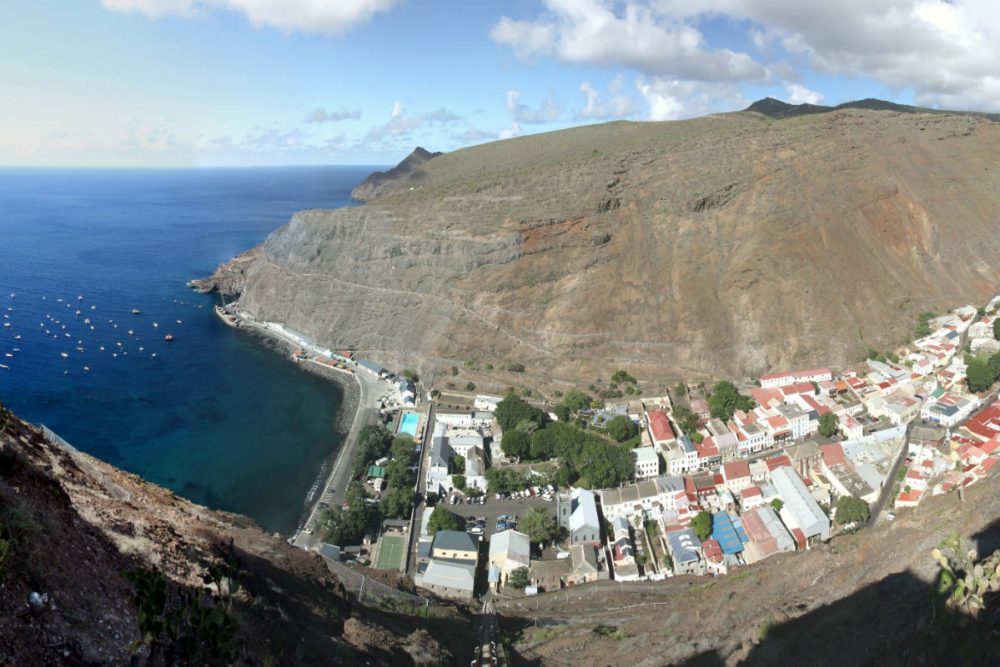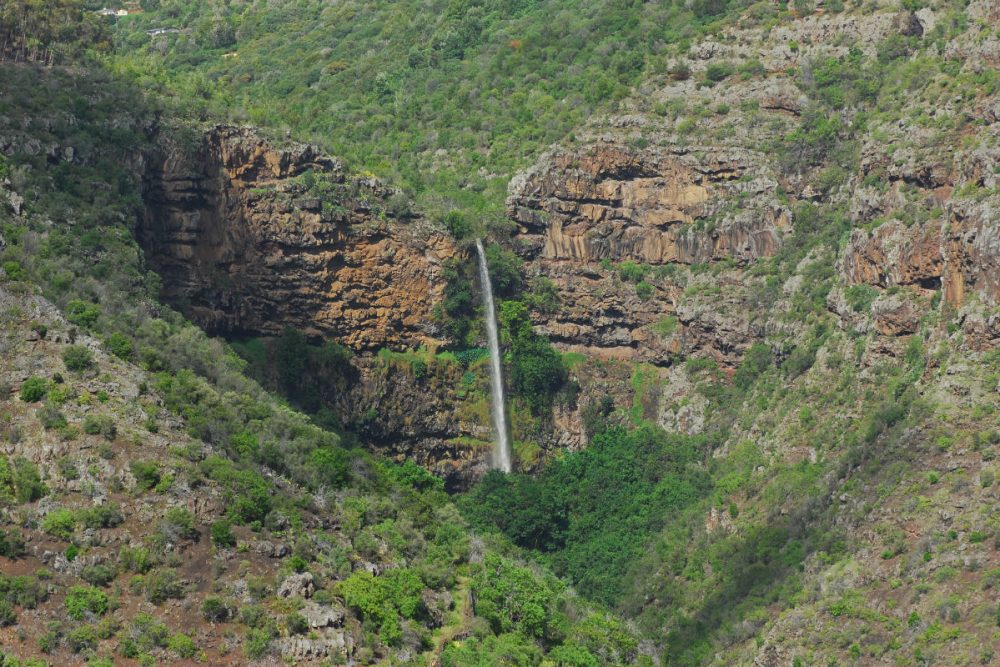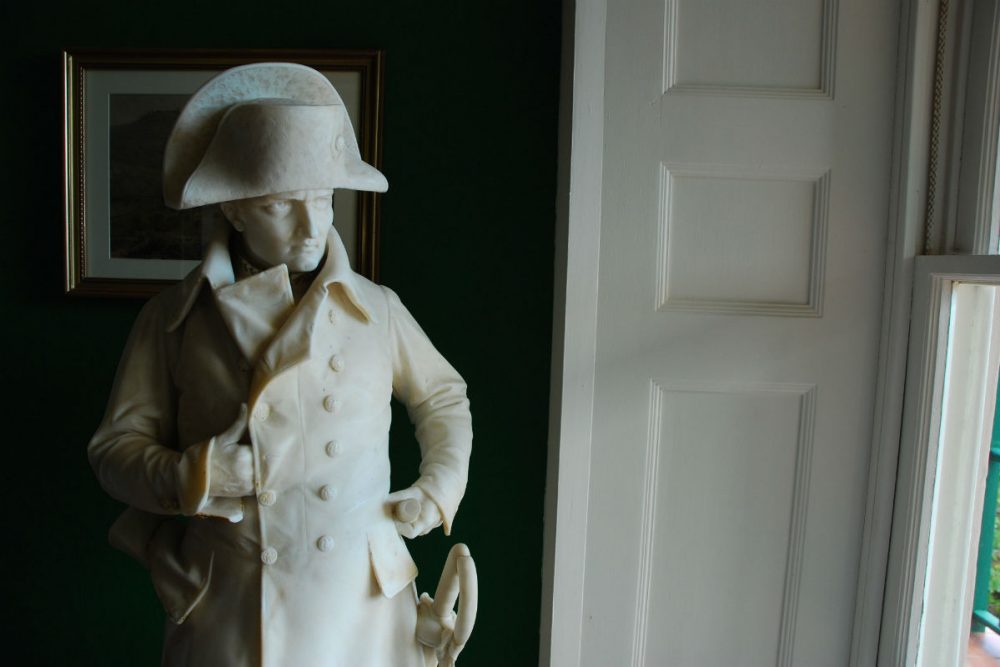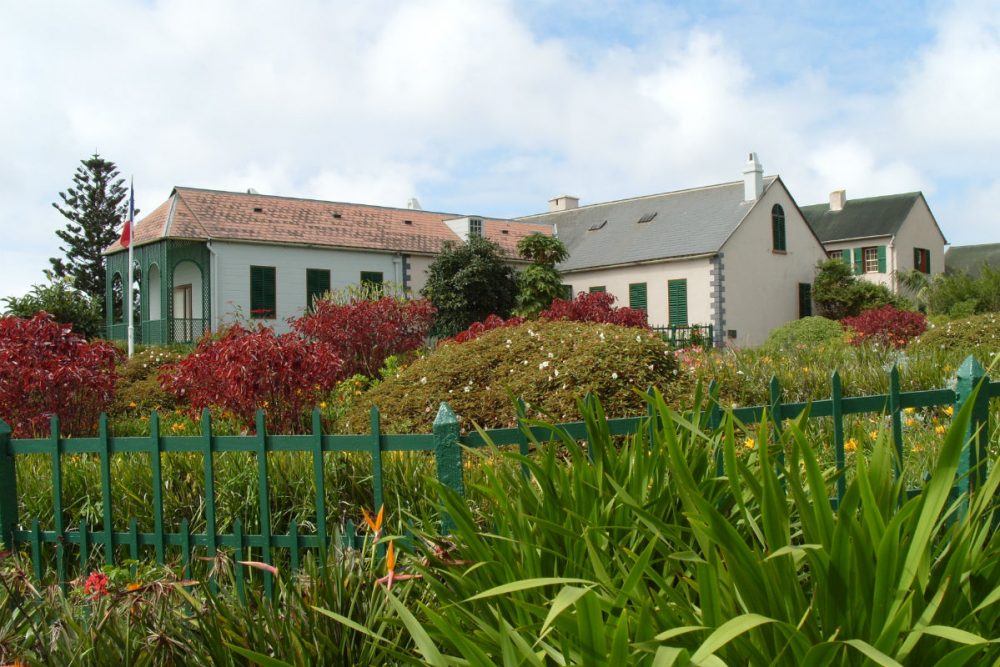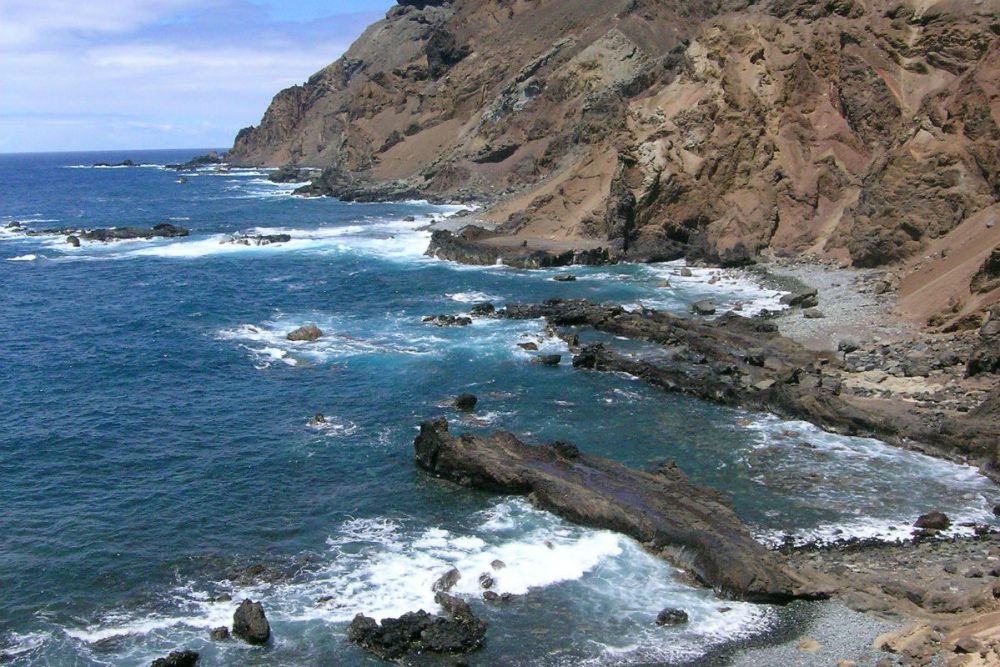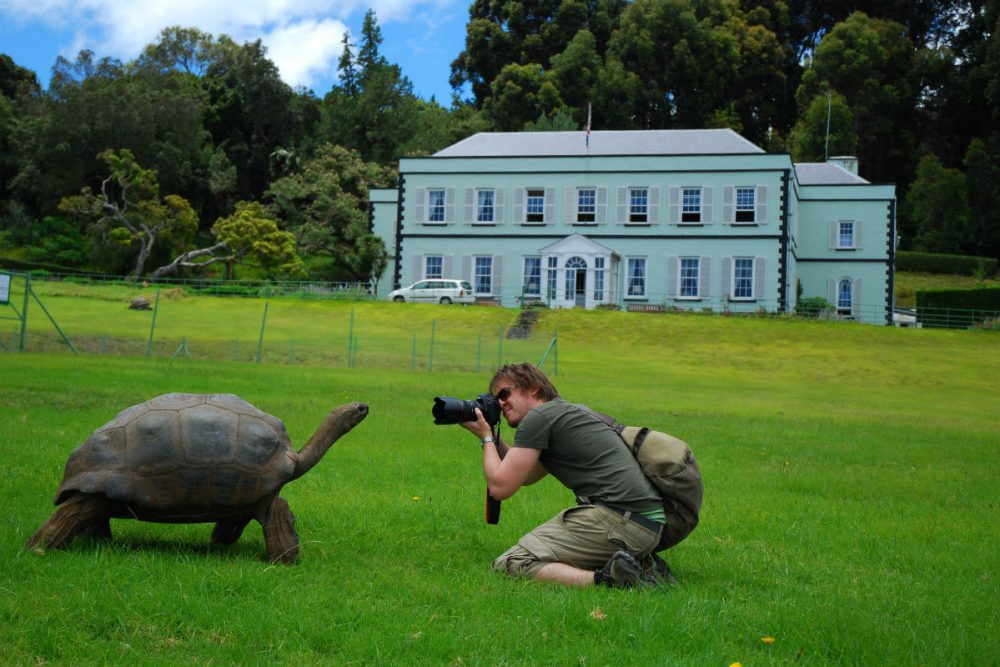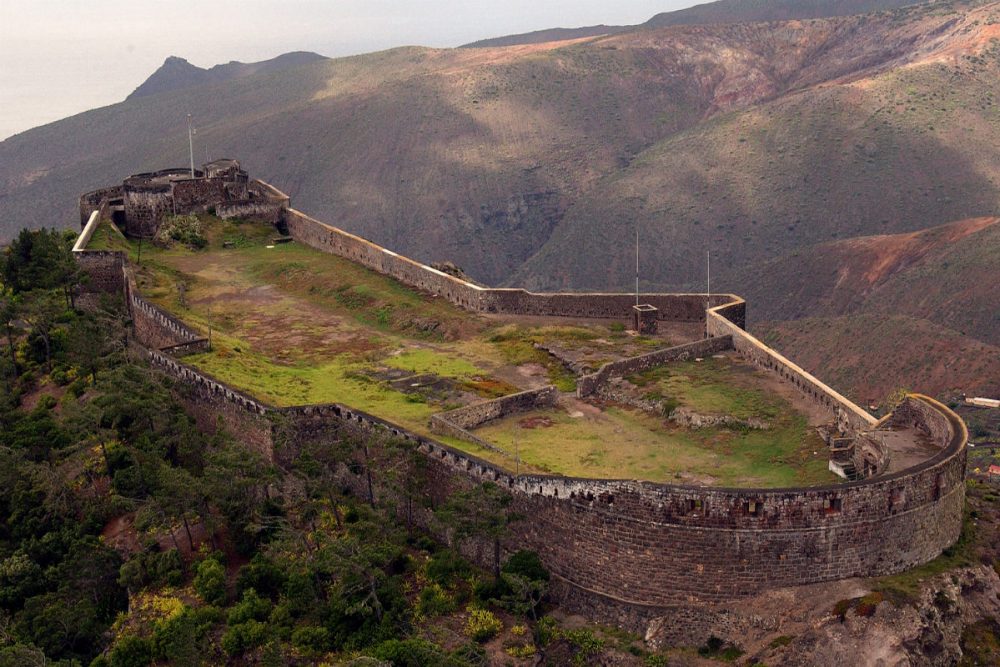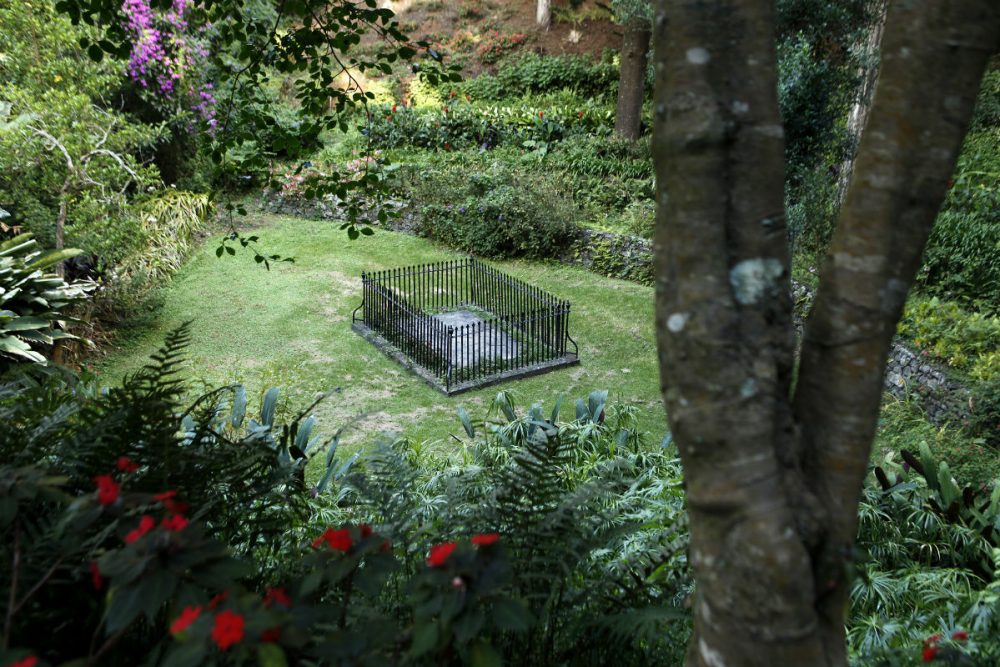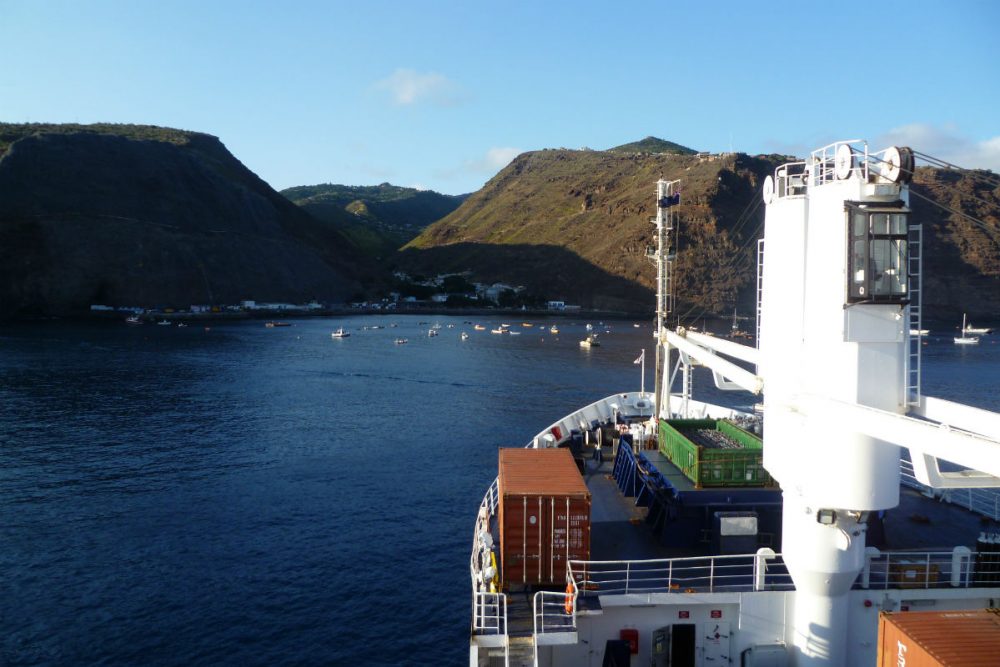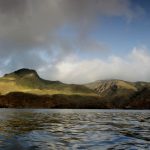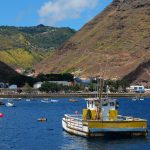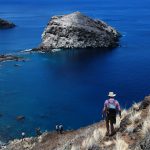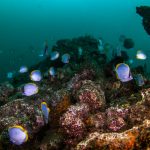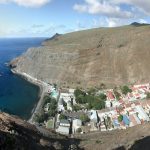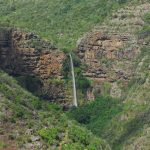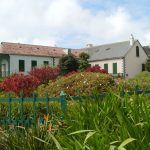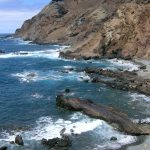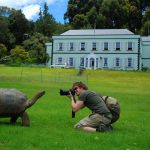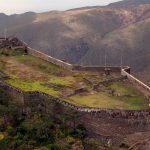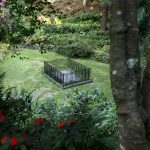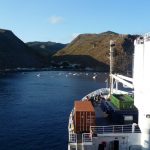Greenland has been in the news a lot recently, and not just because of geopolitics. This summer, for the first time ever, it will be possible to fly directly there from the U.S. United Airlines is starting twice-weekly nonstop flights from Newark to Greenland’s capital city of Nuuk on June 14.
The news sets intrepid travelers dreaming about a remote, almost mythical land: Spectacular icebergs and cliffs, dramatic mountains and Inuit culture, and a shimmering hologram of northern lights dancing above an ice sheet three times the size of Texas. Nordic countries have experienced growing popularity as summer spots to beat the heat. For some adventurous travelers, Greenland may represent the cold new thing.
But what can visitors really expect to find in Greenland? And how prepared is it for an influx of travelers? Its national tourism authority is already adjusting expectations by sharing why Greenland may not be for you.
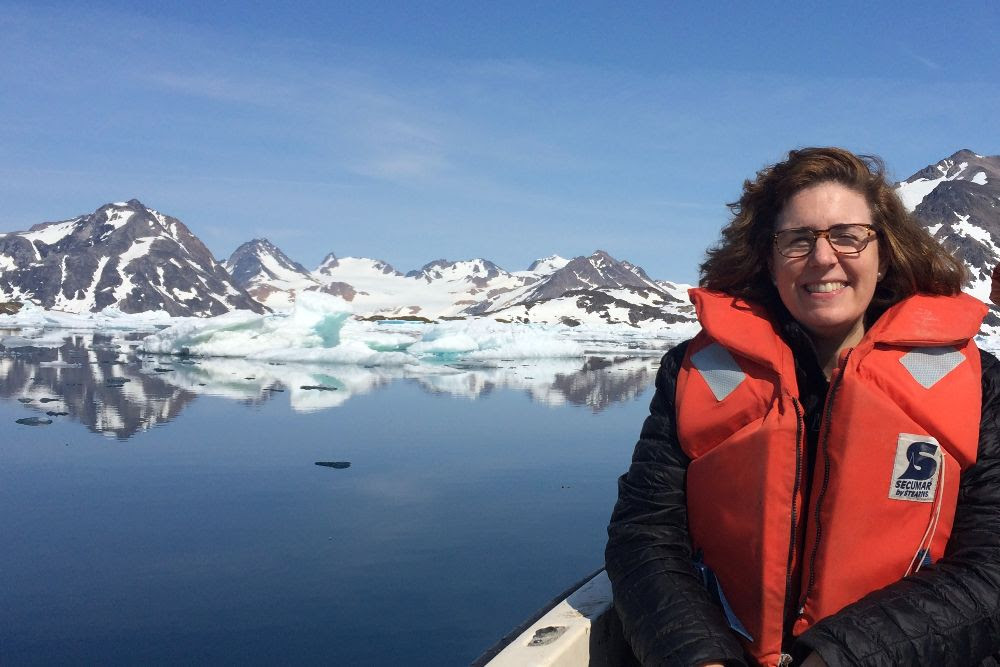
Wendy in Kulusuk, Greenland, ten years ago.
Based on Wendy’s experience of Greenland ten years ago, she echoes the tourism authority’s advice: “If you are planning on visiting Greenland, it would be helpful if you were aware of what you’re getting into.”
So we asked Nordic travel experts on The WOW List for the real story on what travelers arriving in June can expect.
“Greenland is not for everyone,” concurs expedition-cruise specialist Ashton Palmer. “From a scenery perspective, it’s spectacular. It can be very beautiful for photography, and it can be appealing to visit a remote place that’s not boiling hot in the summer. The people are welcoming and open to the world. But I would say travelers heading there have to have a specific interest to go to Greenland—not just to see new wildlife and architecture.”
Is Greenland For You?
While there are whales and sea birds galore, land-based wildlife may not be as plentiful as anticipated. With all the ice, there’s little food for large land mammals. And, with settlements scattered around the coasts, there’s little infrastructure. Accommodations are limited, simple and durable. Roads aren’t designed for long scenic drives. Restaurants aren’t omnipresent, and the national dish is seal soup. It’s quiet.
“It’s a place that’s fairly untouched by tourism,” says Palmer. “People often have a romantic view of it, but the reality is quite different, carved out of living in such a harsh environment.”
It’s important to have the right expectations. “Travelers who have been to Rome and London and Greece in the 100-degree summer are excited by the Nordic ‘cool-cation,’” adds Mads Tange Christensen, a Denmark-based expert on The WOW List. “But a lot of people don’t realize you can’t just drive places; almost every place needs to be accessed by boat or helicopter. And Greenland does not have the hotel capability to live up to expectations of more and more high-end travelers.” Which is why many people choose comfy expedition-style ships focused on sightseeing along the coastline.
The logistics of travel to remote places around the globe with limited infrastructure are easier and more rewarding with the right local fixers. And that is especially true of places that don’t lend themselves to traditional drive-by sightseeing.
If you’d like to be connected to an expert for Greenland or other remote locales, we can help; click the button below to get started.
Be a smarter traveler: Sign up for Wendy’s weekly newsletter to stay in the know. Read real travelers’ reviews, then use the black CONTACT buttons on Wendy’s WOW List to reach out to the right local fixer for your trip.

